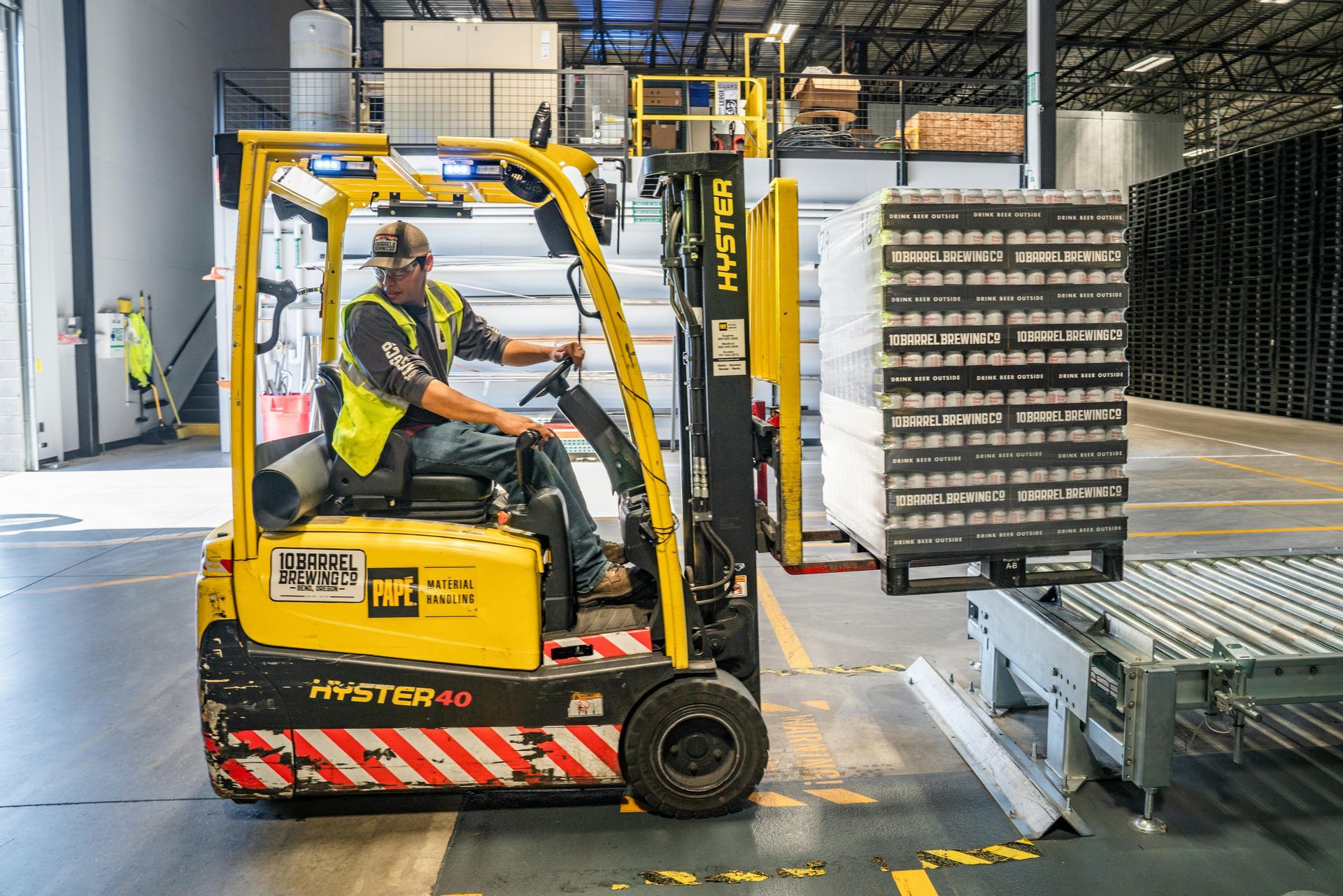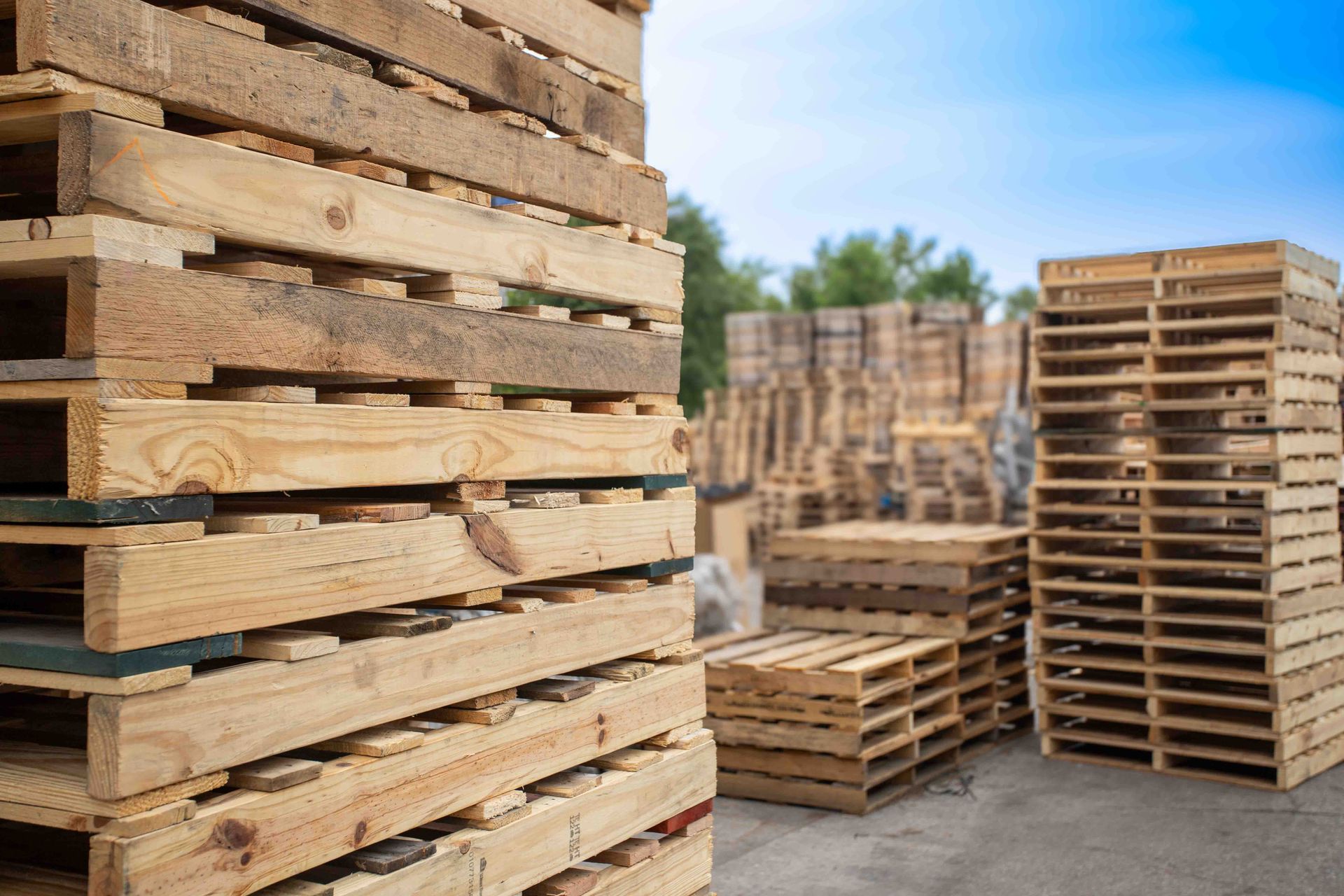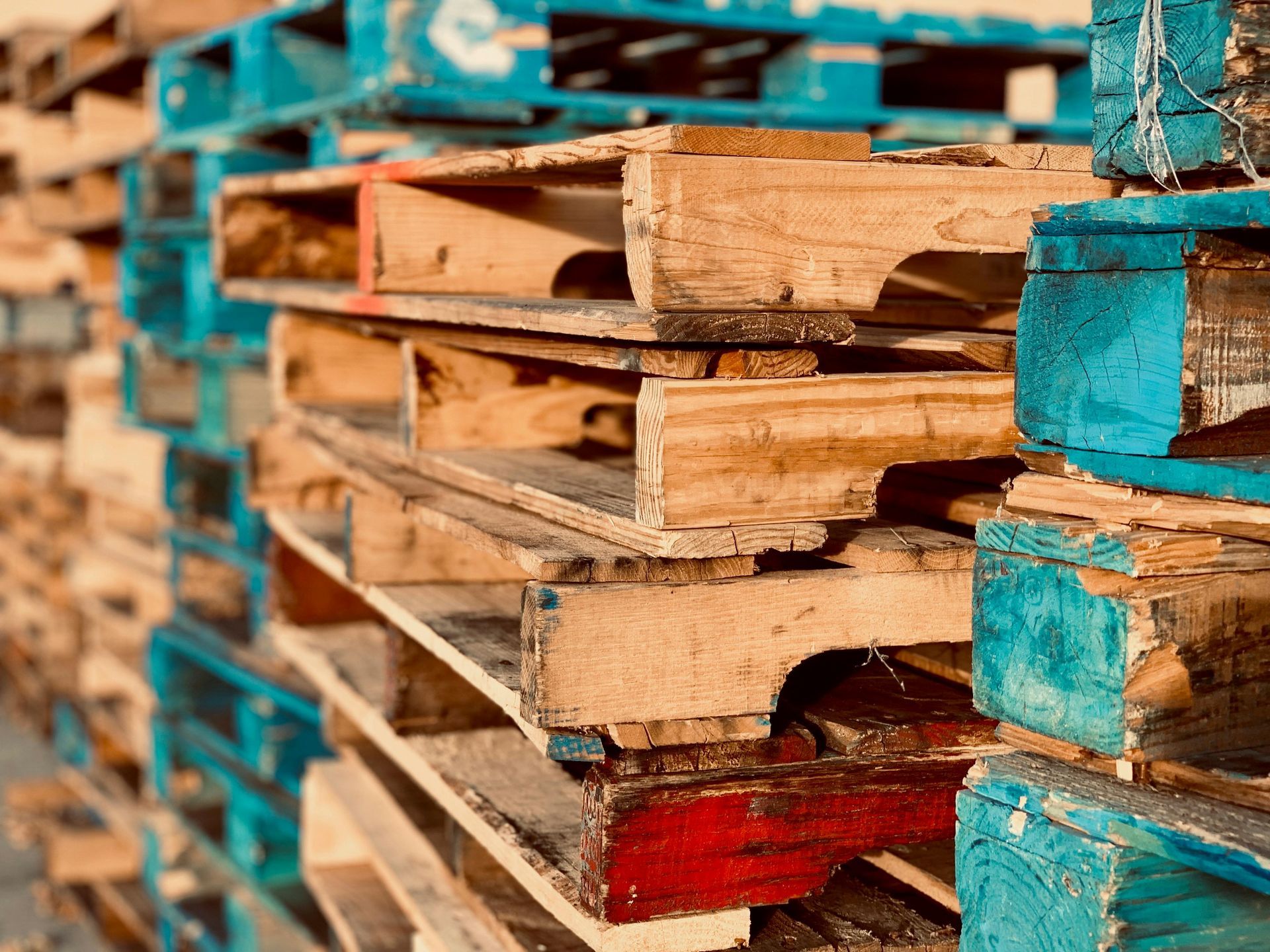How the Right Pallet Can Prevent Product Damage During Transport
In logistics and supply chain management, ensuring that products reach their destination in pristine condition is a top priority.
One of the most overlooked aspects of protecting goods during transport is choosing the right pallets.
Using the correct pallet type for each use case streamlines shipping and storage and is a critical defense against product damage.
Explore how selecting the correct pallets can help businesses reduce product loss, improve efficiency, and save money.
The Role of Pallets in Product Protection
Pallets serve as the foundation for storing, handling, and transporting goods. They stabilize, keep products off the ground, and allow efficient stacking. However, using the wrong type of pallet can lead to a range of issues, including structural failures, load instability, and increased vulnerability to damage during transit.
How Poor Pallet Choice Leads to Product Damage
Selecting low-quality or incorrect pallets can result in several problems during transportation and storage.
- Crushing and Compression Damage: Weak pallets may collapse under heavy loads, leading to crushed or broken goods.
- Instability and Tipping: An improperly sized or unstable pallet can cause loads to shift or topple over during transportation.
- Moisture and Contamination: Pallets not adequately treated or suited for specific environments can expose products to moisture, mold, or contaminants.
- Forklift Damage: Low-quality pallets are more likely to break when handled by forklifts, potentially damaging the products they carry.
How to Choose the Right Pallets for Safe Transport
Businesses must consider the following factors when selecting pallets to prevent damage and maximize efficiency.
Material Selection: Wood vs. Plastic vs. Metal Pallets
Each type of pallet material offers different benefits depending on the type of goods to be transported.
- Wooden Pallets:
- Cost-effective and widely available
- Ideal for general shipping needs
- Can be heat-treated to meet export requirements
- Susceptible to moisture and pest infestations if not properly maintained
- Plastic Pallets:
- More durable and resistant to moisture
- Lightweight and reusable
- Great for the pharmaceutical and food industries
- More expensive upfront
- Metal Pallets:
- Extremely strong and durable
- Best for heavy-duty industrial applications
- Resistant to corrosion and damage
- High initial cost

Load Capacity and Weight Distribution
Pallets must be strong enough to support the intended weight without warping or breaking. Always check the specific capacities of each pallet type.
- Static Load Capacity: The weight a pallet can hold while stationary.
- Dynamic Load Capacity: The weight a pallet can hold while being moved.
- Racking Load Capacity: The weight a pallet can hold while stored in a warehouse racking system. Choosing a pallet with an inadequate load capacity can cause structural failure and damage during transit.
Proper Pallet Sizing and Configuration
Using pallets that do not match your product dimensions can cause instability.
- 48" x 40" (Standard in the U.S.)
- 42" x 42" (Common for retail and distribution centers)
- Consider custom dimensions for specialized goods
Always ensure your pallets accommodate your product's shape and weight distribution to prevent overhanging edges or uneven weight displacement.
Choosing the Right Pallet Treatment
Certain goods, especially food and pharmaceuticals, require pallets that meet specific safety regulations.
- Heat-treated pallets (HT) for international shipping to prevent pest infestations.
- Chemical-treated pallets for additional durability and moisture resistance.
- Sanitary plastic pallets for industries that require contamination-free transport.
Best Practices for Preventing Product Damage During Transport
In addition to selecting the right pallets, there are some best practices to protect your shipments further.
Use Proper Load Securing Techniques
- Stretch Wrapping: Secure products tightly to the pallet to prevent movement.
- Strapping: Use strong straps or bands to hold products in place.
- Edge Protectors: Prevent box crushing by reinforcing edges with protectors.
Optimize Stacking Methods
- Heavy Items at the Bottom: Always place heavier items on the lower layers to maintain stability.
- Interlocking Stacking: Arrange boxes in a brick-like pattern for better weight distribution.
- Avoid Overhang: Keep products within the pallet's edges to prevent damage from collisions.
Train Staff on Proper Pallet Handling
- Teach warehouse and transport workers how to handle pallets properly using forklifts.
- Regularly inspect pallets for damage before loading shipments.
- Implement a pallet maintenance and repair program to extend the lifespan of your pallets.
Consider Using Pallet Covers and Slip Sheets
Pallet covers protect goods from dirt, dust, and moisture during transit, while slip sheets help reduce friction between stacked pallets, minimizing damage risks.

Work With Global ICB For Your Pallet Needs
Choosing the right pallets for your business is essential in protecting products during transportation.
Whether you're dealing with fragile goods, perishable items, or industrial materials, investing in quality pallets and following best practices can make all the difference in your storage and transportation.
At Global ICB, we have over 35 years of experience selling, servicing, and recycling pallets of all materials, grades, and conditions. With competitive pricing, custom designs, and nationwide delivery, we can ensure that your pallet needs are met, optimized, and exceeded.
Contact us today for all your pallet needs!


